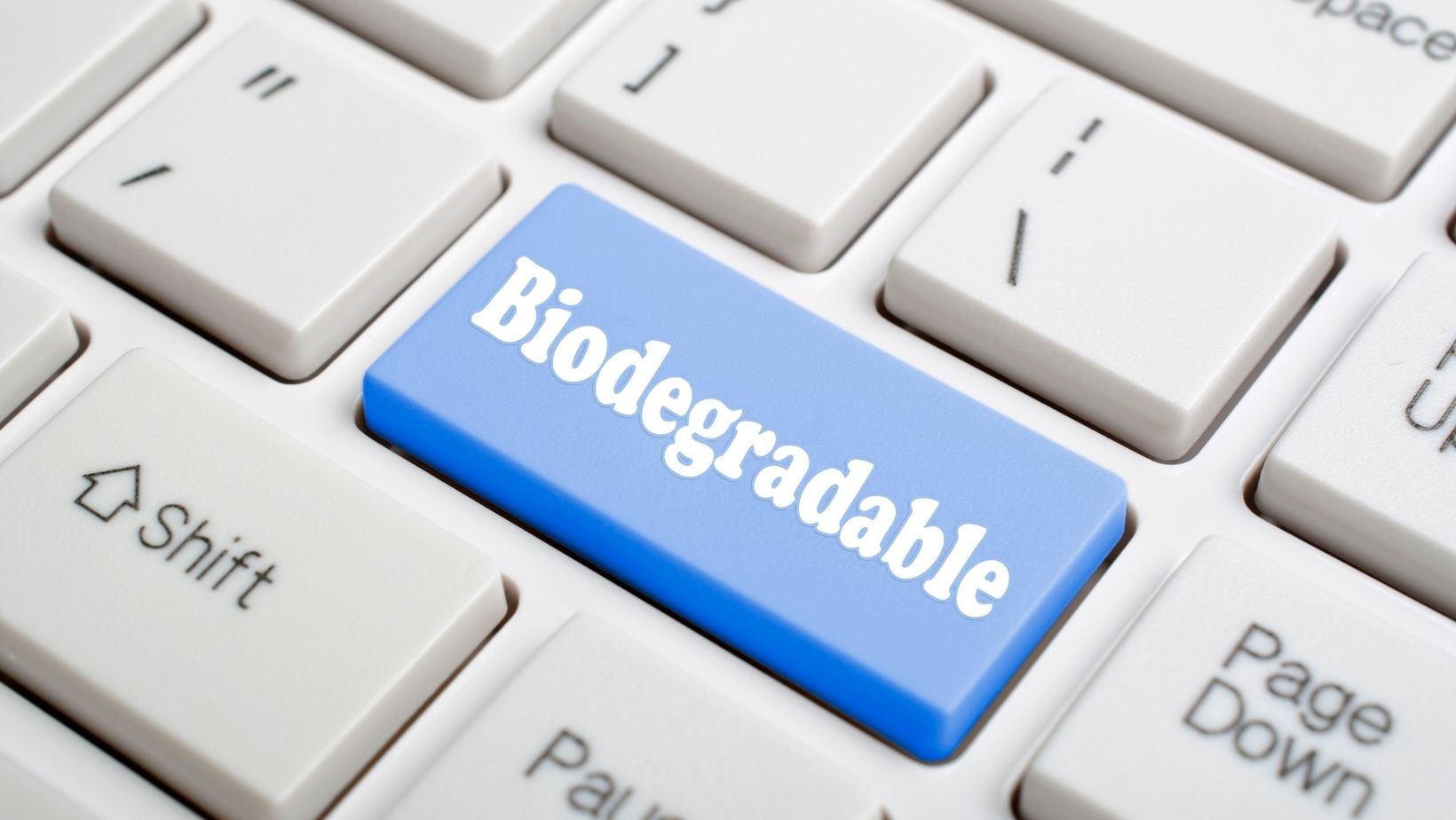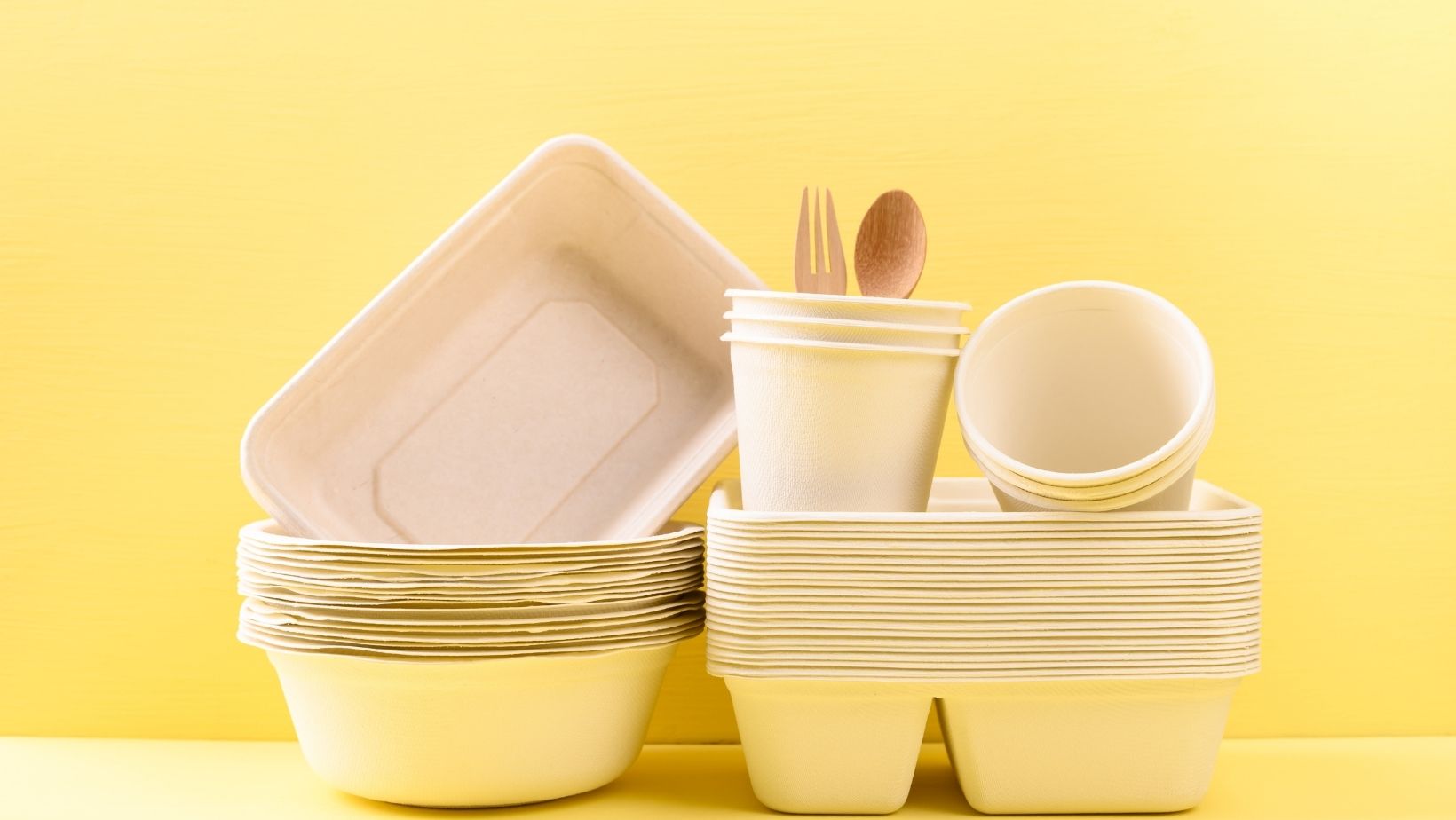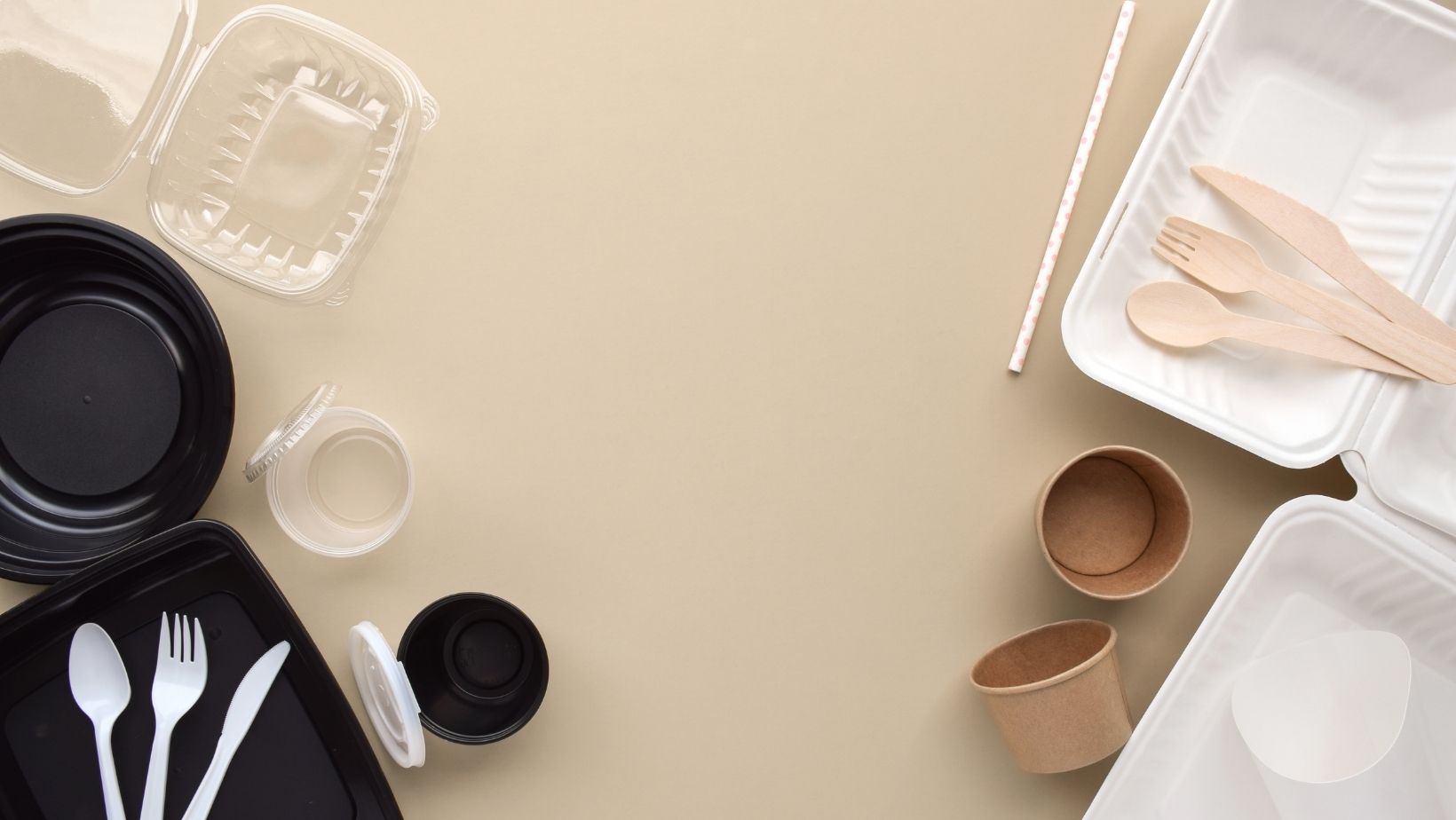Bioplastics: The Bridge Towards a More Sustainable Future


In today’s globalized world, we are becoming increasingly conscious of our environmental footprint. One area that has been under the spotlight is the production and disposal of plastics.
Derived from petroleum, these plastics can take hundreds to thousands of years to decompose, wreaking havoc on marine life and the ecosystem at large. This growing concern has shifted the focus towards bioplastics, which promise a sustainable solution to this complex problem.
What Are Bioplastics?
Bioplastics are derived from renewable biomass sources, such as corn starch, sugarcane, or even microorganisms. They differ from conventional plastics in two fundamental ways: their source material and their potential biodegradability.
While conventional plastics come from petroleum, a non-renewable source, bioplastics arise from organic materials. Moreover, many bioplastics are designed to degrade in a shorter time span, reducing long-term environmental impact.
Potential Benefits of Bioplastics
Reduced Carbon Footprint
Unlike petroleum-based plastics, which release carbon dioxide when they decompose, bioplastics can be carbon neutral. This is because the plants used in their production absorb CO2 during their growth. When these materials break down, they simply release the carbon they absorbed, maintaining a balanced equation.
Decreased Dependency on Fossil Fuels
Fossil fuels, besides being a leading cause of global warming, are finite.

As we continue to deplete these resources, prices surge, and geopolitical tensions rise. Bioplastics offer a way out by relying on renewable resources.
Biodegradability
Not all bioplastics are biodegradable, but many are. Those that are can decompose in a matter of months under the right conditions. This is in stark contrast to traditional plastics, which can persist in the environment for centuries.
Potential for Recycling
Just like their petroleum counterparts, certain bioplastics can be recycled. This creates an ecosystem where the plastic’s lifecycle is extended, further reducing the need for raw materials.
Challenges Ahead
While bioplastics present a promising alternative, they come with their own set of challenges:
Land Use Concerns
The cultivation of crops specifically for bioplastics could compete with food production. This competition can lead to increased food prices and potential food shortages.
Limited Biodegradability
As previously mentioned, not all bioplastics are biodegradable.

Those that aren’t can still pose environmental risks if not managed properly.
Contamination in Recycling
Bioplastics can contaminate the recycling process of traditional plastics. Given their similar appearance, differentiating between them can be challenging.
The Industry Perspective
Companies are beginning to see the value of bioplastics. They recognize the marketing potential of being associated with a more eco-friendly product.
For instance, Simply Plastics is one of many enterprises championing the transition to bioplastics. These companies are investing in research and development to overcome existing challenges and pave the way for a more sustainable future.
A Step in the Right Direction
Bioplastics, while not a silver bullet, mark a significant step towards a more sustainable future. As technology evolves and research deepens, we can anticipate the improvement and expansion of bioplastics’ applications.
For consumers, this is a timely reminder that every purchase is a vote for the kind of world we want to live in. By supporting products made of or packaged in bioplastics, we can steer industries towards greener alternatives.
In conclusion, as the global community grapples with the daunting reality of climate change and environmental degradation, bioplastics offer a glimmer of hope. They stand as a bridge towards a more sustainable future, where human consumption aligns harmoniously with the well-being of our planet.
-
Personal Finance8 months ago
How Do I Find My UCAS ID Number?
-
Success6 years ago
Consistency: The Key Ingredient to Success
-
Uncategorized8 months ago
What Does Conditionally Approved Mean For An Apartment?
-
Motivation3 years ago
How To Become a More Organized Person?
-
Others4 years ago
Work Health and Safety: 8 Reasons to Maintain a Clutter-free Office
-
Entrepreneurs4 years ago
Why Diversity is Key in Business Marketing
-
HK Pools8 months ago
The HK Pools Forum Comunity Jos Markotop 2D Warna Kuning – A Great Way to Stay Connected
-
Sport1 year ago
What Makes Soccer Betting So Great?



























